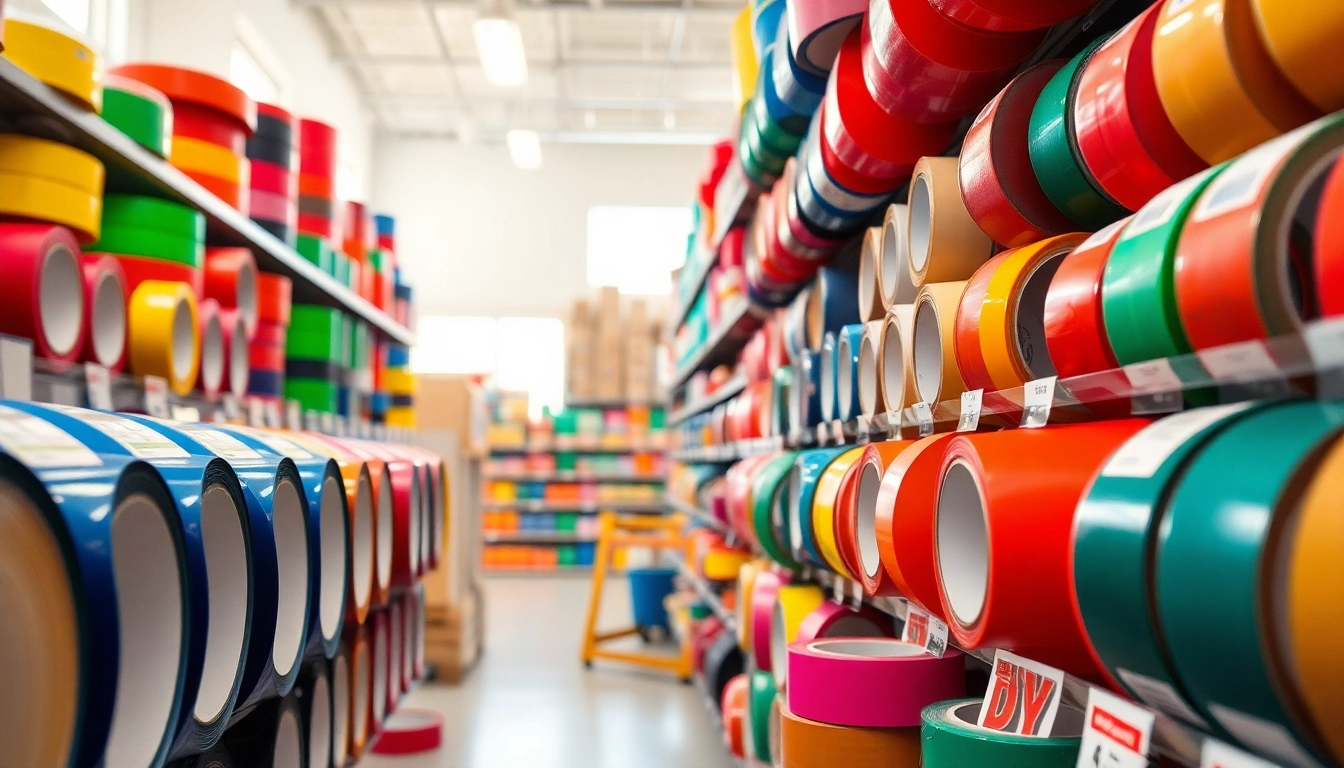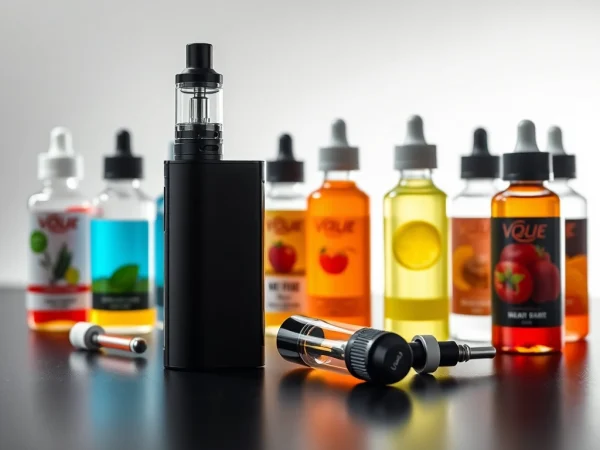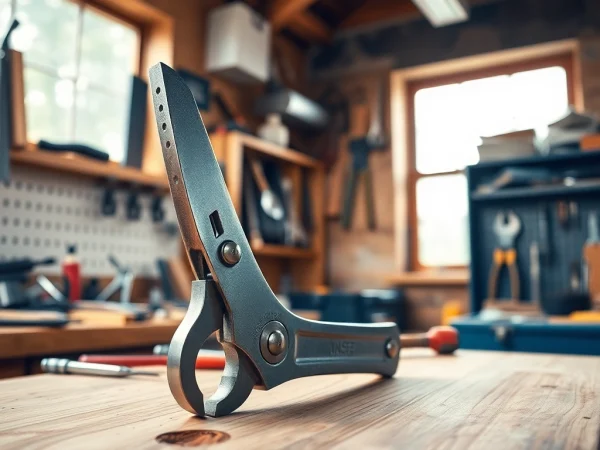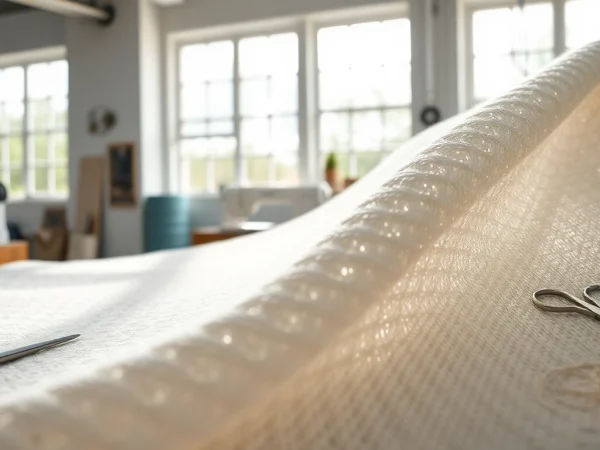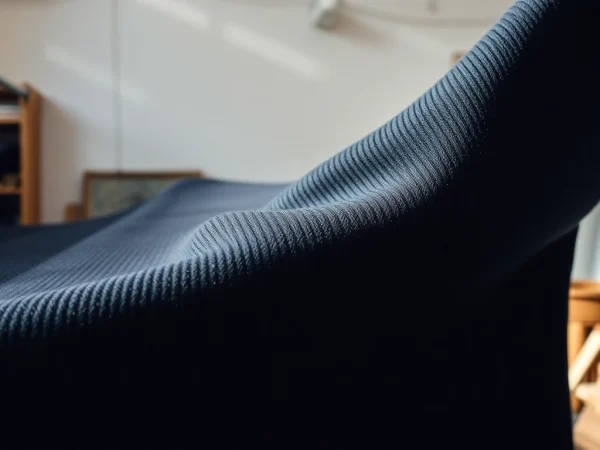Essential Guide to Selecting and Using Vinyl Tape for Your Projects
Understanding Vinyl Tape
What is Vinyl Tape?
Vinyl tape is a versatile adhesive tape made from polyvinyl chloride (PVC) film, which is lightweight and has a strong yet flexible nature. This tape is coated with a rubber-based adhesive that provides excellent adhesion to a wide variety of surfaces, making it a popular choice for both industrial and everyday applications. Vinyl tape is recognized for its durability, weather resistance, and easy removal, which adds to its appeal in various settings.
The use of vinyl tape spans multiple industries. It can be found in manufacturing, sports, electrical work, and even home improvement projects. Unlike other types of tape that may tear easily or become less effective in extreme conditions, vinyl tape remains reliable, which is why it’s frequently recommended for both professional and DIY applications. To explore a comprehensive range of vinyl tape products, consider visiting vinyl tape options that suit your needs best.
Key Characteristics of Vinyl Tape
Vinyl tape boasts several key characteristics that set it apart from other types of adhesive tapes:
- Adhesion Strength: The rubber-based adhesive provides strong initial tack and makes it suitable for both temporary and permanent applications.
- Flexibility: Vinyl tape is highly flexible, allowing it to conform to curves and irregular shapes, which is especially beneficial in electrical applications.
- Weather Resistance: This tape resists moisture, UV light, and various weather conditions, making it ideal for outdoor use.
- Durability: Vinyl tape is designed to withstand abrasion and wear, extending its life even in high-traffic areas.
- Variety of Colors and Widths: Available in a multitude of colors and widths, vinyl tape allows users to customize their applications for aesthetic or functional purposes.
Common Uses for Vinyl Tape
Vinyl tape has a wide range of applications across different fields, including:
- Color Coding: Vinyl tape is often used in warehouses or workshops to color code tools, equipment, or pathways, assisting in organization and efficiency.
- Floor Marking: In schools, gyms, restaurants, and industrial settings, vinyl tape serves as an effective way to mark floors for safety protocols or to define workspaces.
- Electrical Insulation: With its non-conductive properties, vinyl tape is commonly used in electrical applications to insulate wires, ensuring safety and preventing short circuits.
- Packaging: Businesses use vinyl tape for securely sealing boxes and packages, providing a reliable bond that stands up to shipping and handling.
- Masking: In painting and finishing processes, vinyl tape is utilized to create clean lines and protect surfaces, making it invaluable for contractors.
Choosing the Right Vinyl Tape
Comparing Types of Vinyl Tape
When it comes to selecting vinyl tape, understanding the different types available is essential. Here are a few common types:
- Colored Vinyl Tape: Useful for identification and organization, colored vinyl tape is applied in various settings from fitness centers to manufacturing plants.
- Electrical Vinyl Tape: Specifically designed for electrical applications, this tape is rated for insulation and is typically available in black and other neutral colors.
- Floor Marking Vinyl Tape: This type of tape is often thicker and more durable, designed to withstand foot traffic and heavy movements in commercial environments.
- Specialty Vinyl Tape: Includes tapes that are flame resistant, moisture-resistant, or even custom-printed for branding needs.
Selecting the Correct Width and Color
The width and color of vinyl tape you choose should correspond to your specific application. Here are some considerations:
- Width: Generally available in widths from 1/4 inch to 4 inches, select a width that matches the task at hand—wider tapes can be more visible and effective for floor marking, while narrower tapes may be more suitable for precision work.
- Color: Choose colors that contrast with the surfaces on which they will be applied for better visibility. Additionally, consider if color coding will serve a functional purpose or if aesthetics play a part.
Factors to Consider for Specific Applications
When selecting vinyl tape, assess the environment and the nature of the application:
- Surface Material: Ensure the tape adheres properly to the material, whether it’s concrete, wood, or metal.
- Environmental Conditions: Think about conditions such as moisture, temperature extremes, and exposure to chemicals that may affect tape performance. Choose tapes designed for those specific environments.
- Duration of Use: If the tape is needed for a short period, a lower adhesion tape may suffice, while for longer-lasting applications, opt for a high-performance option.
Applying Vinyl Tape Effectively
Surface Preparation Tips
Proper surface preparation is critical for ensuring that vinyl tape adheres correctly. Here are key steps:
- Clean the Surface: Remove dust, grease, or moisture from the surface using an appropriate cleaner. A clean surface enhances adhesion.
- Dry the Area: Ensure the surface is completely dry before applying the tape. Moisture can weaken adhesion.
- Identify Alignment: Having a clear alignment or measurement before applying the tape ensures a straight and professional final output.
Best Practices for Application
Following best practices during application maximizes the performance of the vinyl tape:
- Press Firmly: Ensure you press down firmly as you apply the tape to enhance adhesion and prevent air bubbles.
- Use a Straight Edge: For best results, especially with floor markings or paint masking, use a straight edge to guide the tape for a clean line.
- Do Not Stretch: Avoid over-stretching the tape during application, as this can lead to wrinkles or peeling over time.
Removing Vinyl Tape Without Damage
Proper removal of vinyl tape is just as important as application to avoid surface damage:
- Pull at a 45-Degree Angle: Gently peel the tape away from the surface at a 45-degree angle to minimize the risk of surface damage.
- Use Heat if Necessary: If the tape is stubborn, applying a low heat using a heat gun can soften the adhesive, making removal easier.
- Clean Residues: Should any adhesive residue remain after removal, use an adhesive remover or rubbing alcohol to clean the surface effectively.
Benefits of Using Vinyl Tape in Various Settings
Advantages for Businesses and Professionals
For businesses, employing vinyl tape presents numerous advantages:
- Cost-Effective Solution: Vinyl tape is generally affordable compared to other marking solutions and does not require additional tools for application.
- Increased Safety: By marking hazards, pathways, or designated areas, businesses can enhance safety and compliance with regulations.
- Improves Efficiency: Color coding and marking pathways streamline operations, making it easier for staff to locate tools and navigate spaces.
Home and DIY Applications
At home, vinyl tape also serves many practical functions:
- Organization: Use colored vinyl tape to label storage boxes or shelves, helping in maintaining a tidy household.
- Decorative Elements: Many DIY enthusiasts incorporate vinyl tape into home décor projects, from wall art to creating patterns on furniture.
- Repair Solutions: In emergencies, vinyl tape can temporarily fix broken items or cover cracks, proving beneficial until more permanent repairs can be made.
Safety and Compliance Considerations
When using vinyl tape, particularly in commercial settings, safety and compliance should be prioritized:
- ADA Compliance: Ensure that floor marking tapes adhere to ADA guidelines, making pathways accessible for those with disabilities.
- Fire Safety: Utilize fire-resistant vinyl tape in environments where flammable materials are present.
- Regular Inspections: Routinely check the condition of vinyl tape in high-traffic areas and replace it when it begins to wear or peel.
Maintaining and Storing Vinyl Tape
Proper Storage Techniques
To maximize the lifespan of vinyl tape, proper storage is essential:
- Keep in a Cool Environment: Store vinyl tape in a cool and dry place away from direct sunlight to maintain its adhesive properties.
- Use Original Packaging: Keeping the tape in its original packaging can protect it from dust and environmental factors that could affect performance.
Preventing Damage to Your Vinyl Tape
Protect your vinyl tape from conditions that may affect its integrity:
- Avoid Excessive Heat: High temperatures can cause the tape to lose adhesion or become brittle.
- Keep Away from Moisture: Humidity can compromise the adhesive properties, so maintaining a dry storage environment is crucial.
Longevity and Performance Tips
To ensure the best performance from your vinyl tape, consider these helpful tips:
- Check Expiry Dates: While many tapes don’t have specific expiration dates, they may lose effectiveness over time, so check periodically.
- Use Within Recommended Timeframe: Try to use vinyl tape shortly after opening to ensure peak adhesion and functionality.
